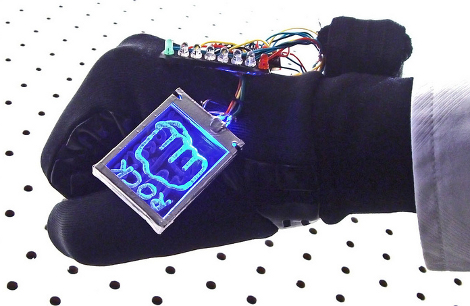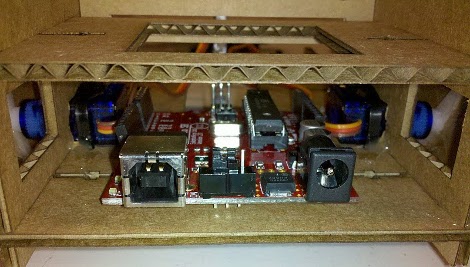[youtube=http://www.youtube.com/watch?v=3ZETK74RWn8]
We may be good at soldering but when it comes to hauling topsoil our scrawny arms quiver. [Johndavid400] did the smart thing here by letting the machine do all the work. Instead of hauling an entire truckload of dirt across the yard one wheelbarrow at a time, he built a shelf on the top of his Lawnbot400. We saw this lawnmower Arduino-powered, remote control mower back in November. The addition of its ability to handle some of the manual labor makes it the perfect backyard hack.
[Via Embedds]













